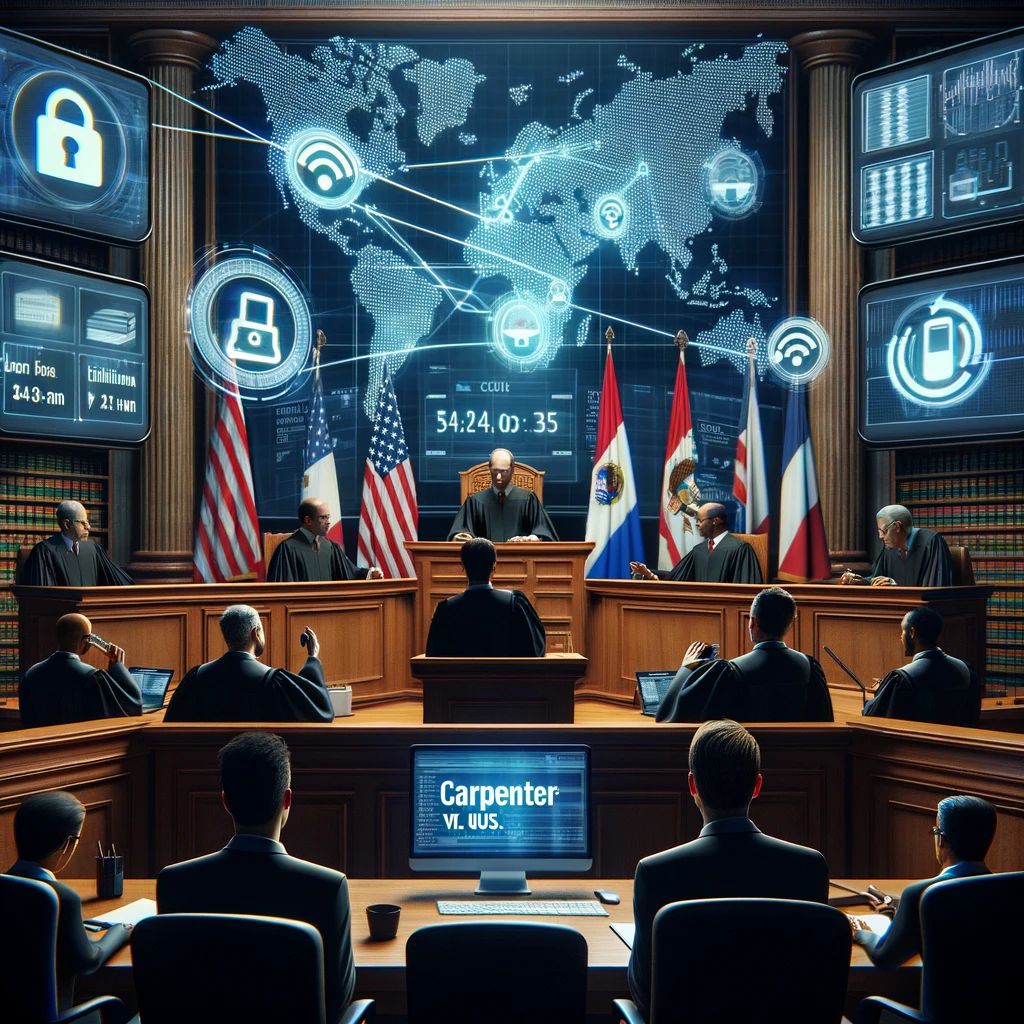The Carpenter v. United States case represents a pivotal moment in the intersection of digital privacy and constitutional law, particularly concerning the Fourth Amendment’s application in the digital age.

Facts of the Carpenter Case
The case centered on the use of cell phone location data in criminal investigations. Authorities obtained the cell phone location data of suspects in a robbery case without a warrant, relying instead on a court order under the Stored Communications Act, which requires only reasonable grounds for believing the data would be relevant to an investigation.
The Supreme Court’s Findings
The Supreme Court ruled in favor of Carpenter, emphasizing that the Fourth Amendment protects not just physical property but also expectations of privacy. Justice Roberts highlighted the extensive nature of digital location data, which can provide a detailed record of a person’s movements and is retained by cell providers for years, allowing retrospective surveillance of an individual’s whereabouts.
Personal Analysis and Implications
This decision underscores the necessity of updating legal interpretations to match technological advancements. The ruling acknowledges the expectation of privacy in digital communications and sets a precedent that the government must demonstrate probable cause and obtain a warrant to access such data. This case reinforces the protection of digital information under the Fourth Amendment, ensuring that privacy rights extend to the digital realm.
The Significance of Carpenter v. United States
Carpenter v. United States is a landmark decision, confirming that digital data, particularly historical cell phone location information, is protected under the Fourth Amendment. This ruling has significant implications for how privacy rights are upheld in an era of ubiquitous digital surveillance and data collection.






